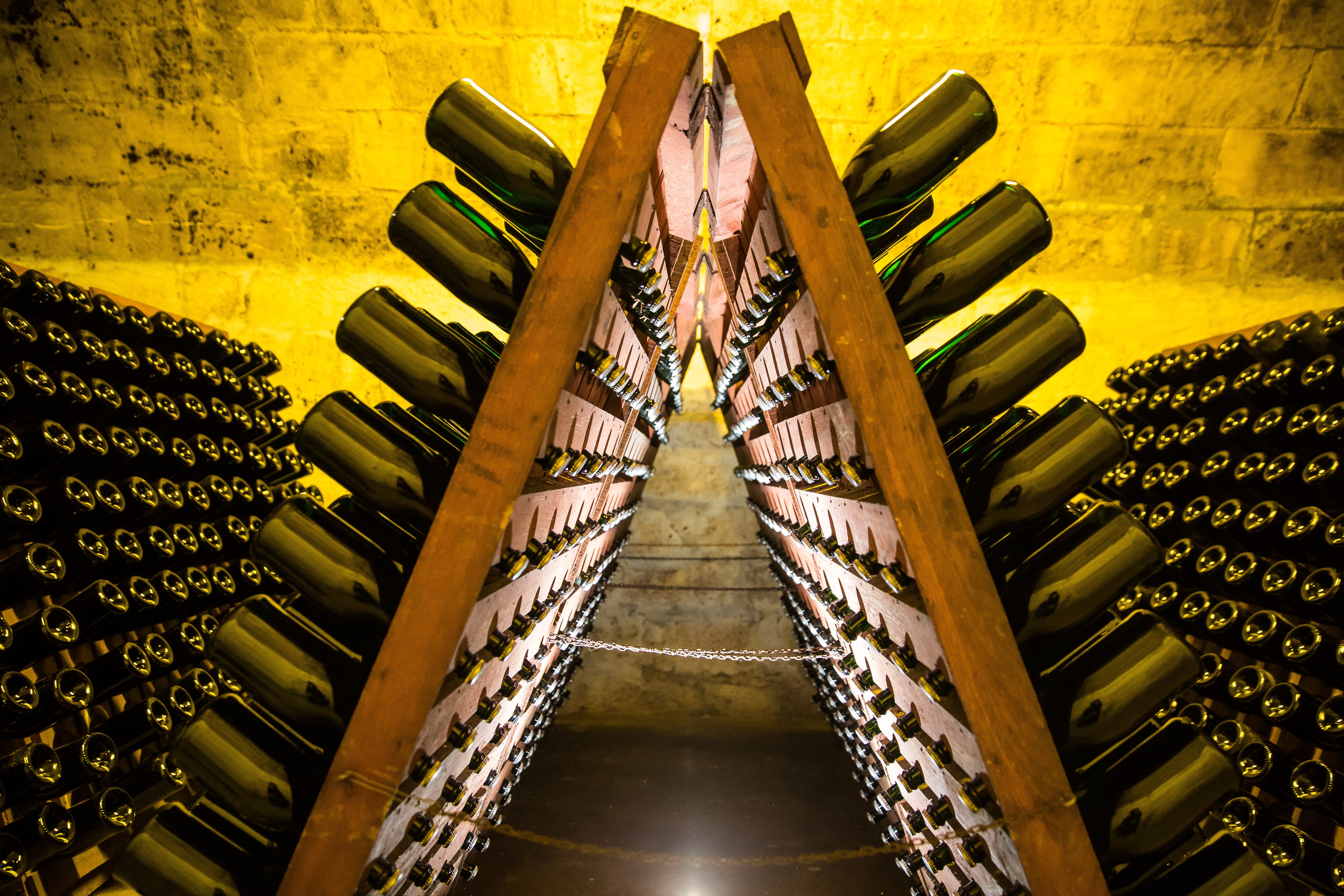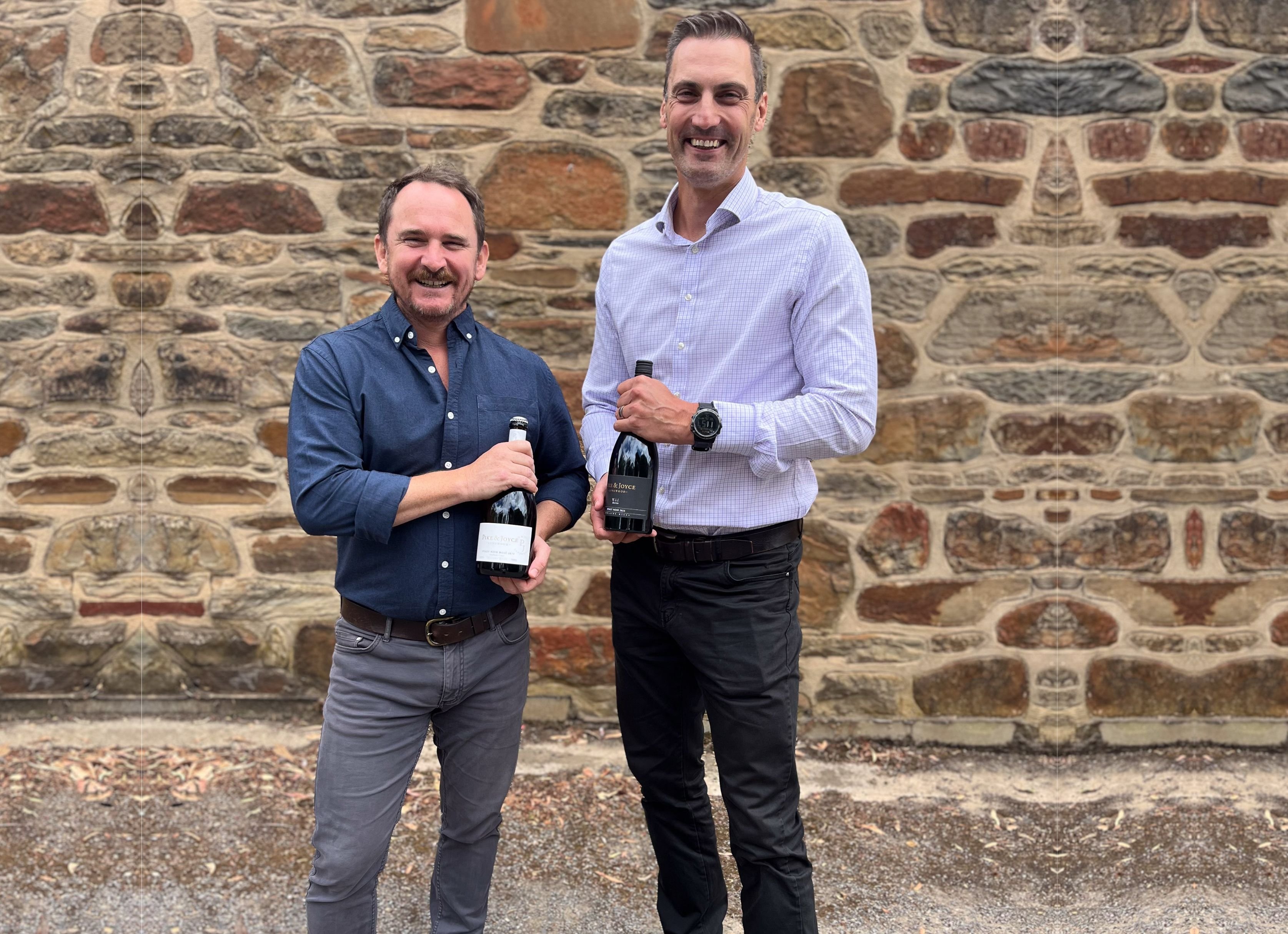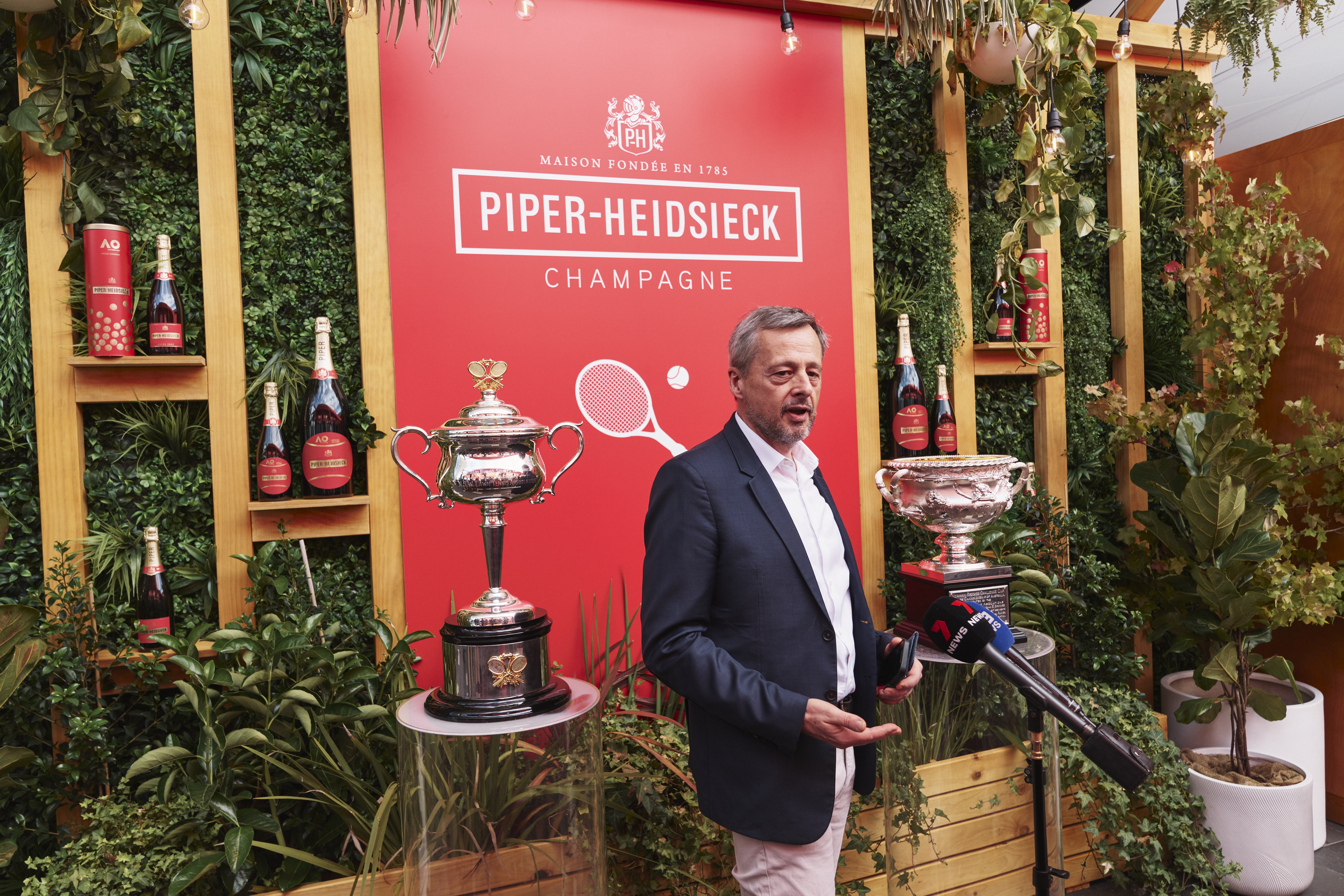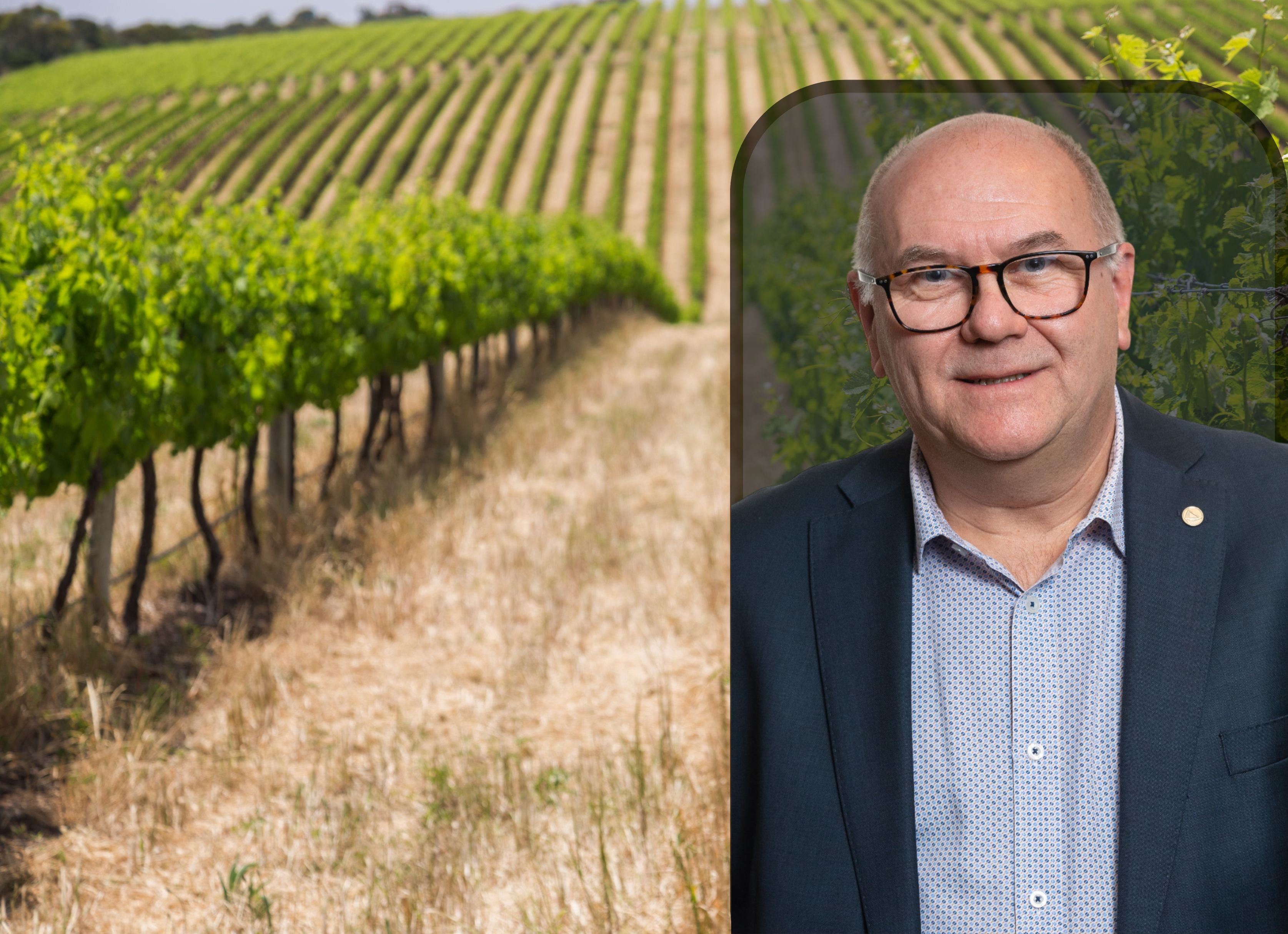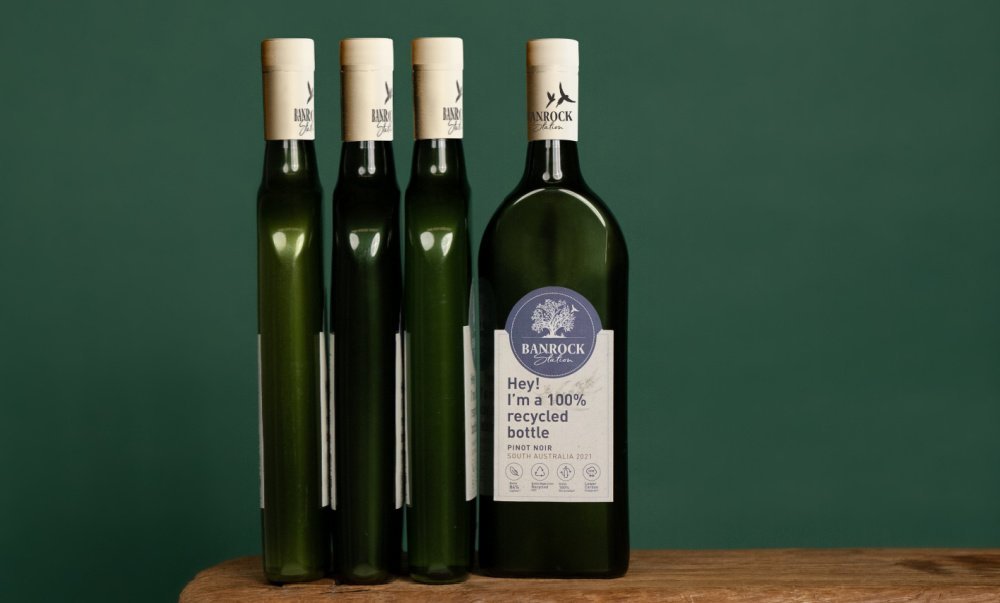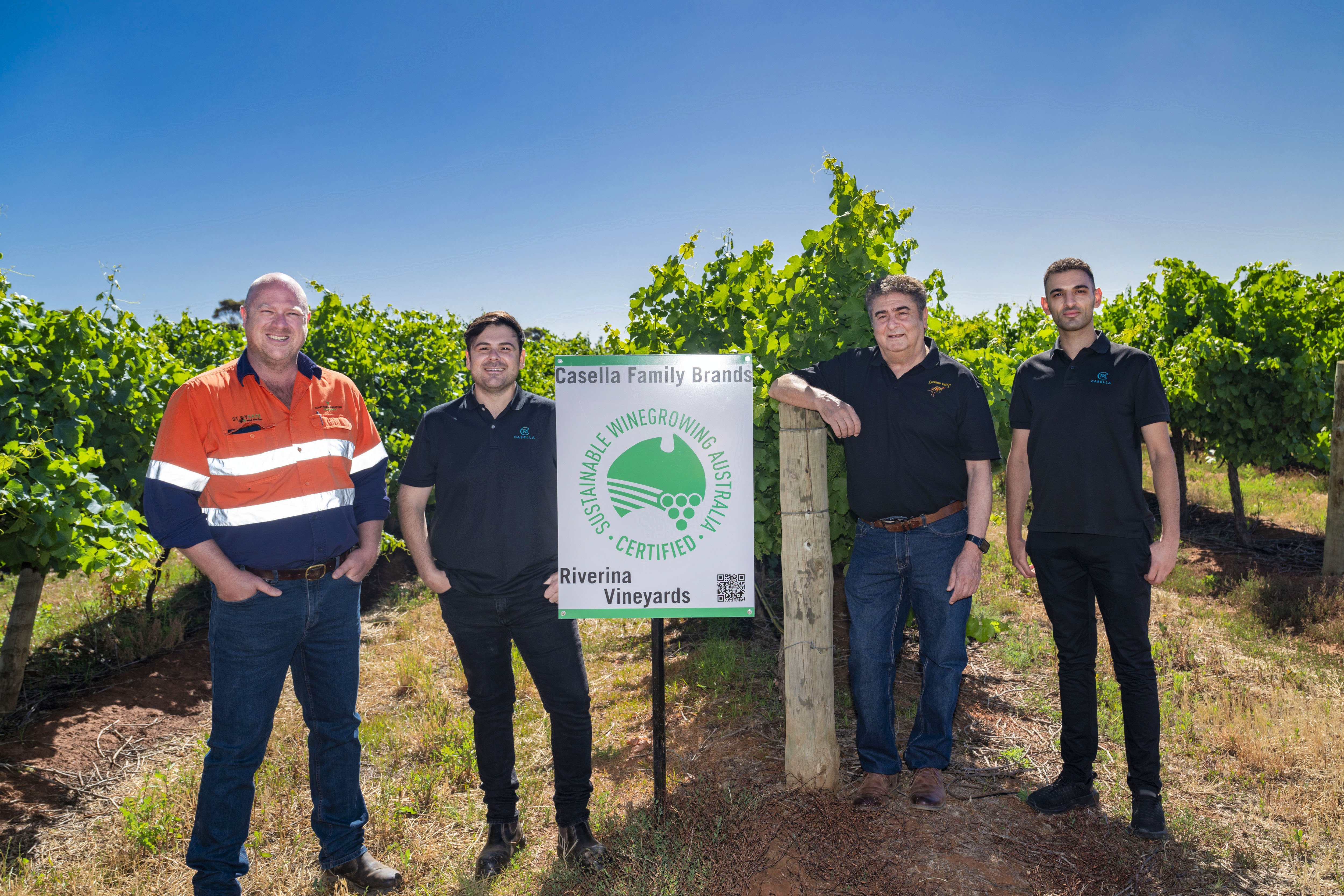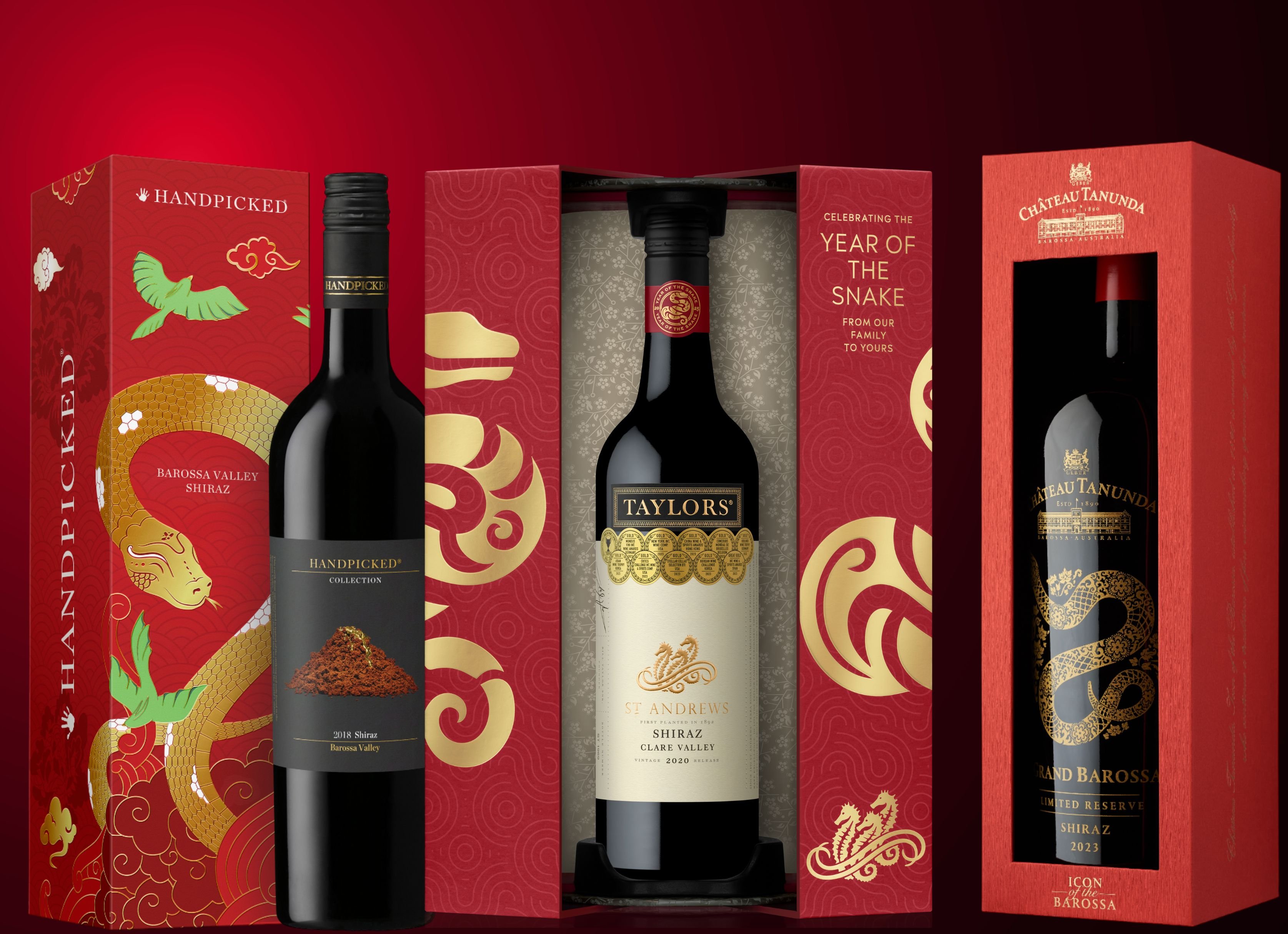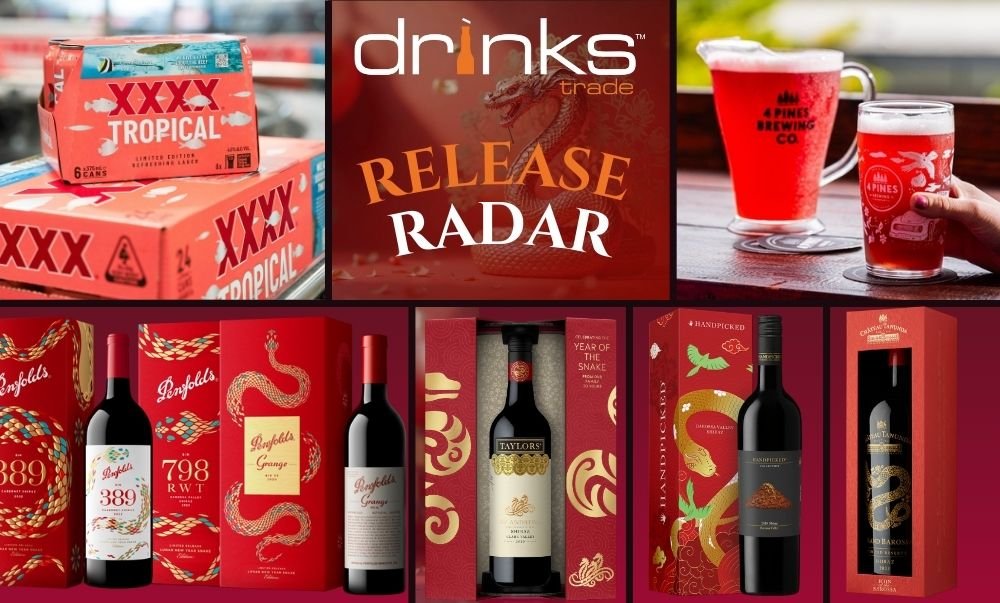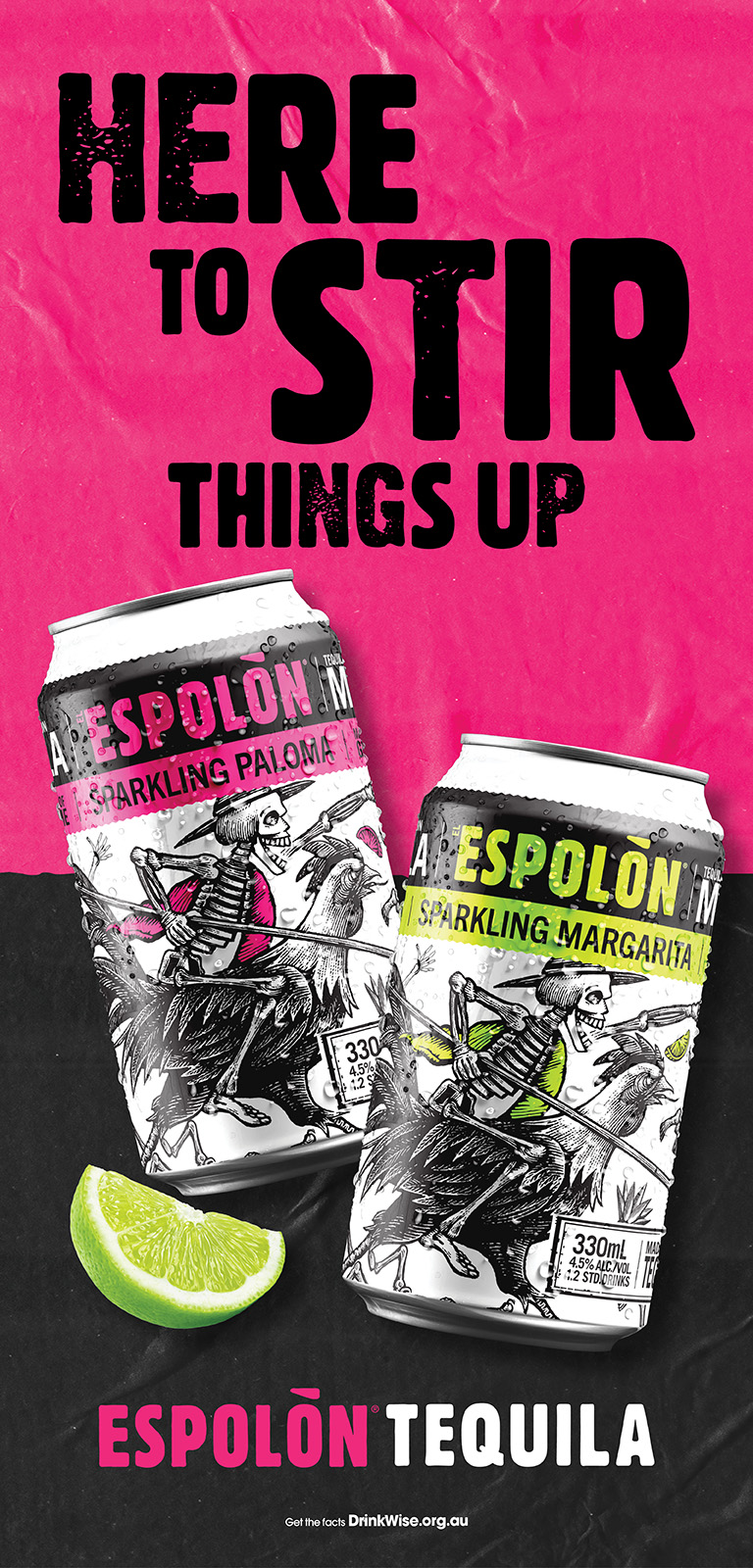Despite being the benchmark to which all other sparkling wines globally are compared, some have argued that the dominance of sparkling wine from Champagne has left other French sparkling wine styles undervalued. Currently, Champagne accounts for 60% of France’s sparkling wine production, or about 300 million of the approximate 550 million total bottles sold last year. When it comes to export data from 2022, Champagne sales globally represented 10% of all sparkling wines by volume and 28% by value.
One of the highlights of France’s alternative sparkling wine styles comes from utilising grapes already grown locally. For example, Crémant d'Alsace can include Pinot Gris, Pinot Blanc and Riesling and Crémant de Loire tends to use high proportions of Chenin Blanc. The resultant wines are reflective of both varietals used and differing climates, creating a diverse selection of wines with differing strengths.
Behind Champagne, the second largest sparkling-wine producing region in France is the Loire. This is despite only 16% of its overall production being dedicated to the grape.
“All of the sparkling wine made in Loire is made in the traditional method, the same method that is used in Champagne which is very labour intensive, very expensive, and it takes time,” said wine writer, presenter and judge Cassandra Charlick at a recent Loire Sparkling masterclass attended by Drinks Trade.
Part of the region’s suitability for sparkling wine production is a result of its climate, which has a latitude about halfway between Champagne and Burgundy.
“When you think about the wines that come from those regions - Champagne, sparkling, Pinot, Chardonnay - we're really looking at quite cool areas and the Loire is up there just nudging the bottom part of Champagne and the northern area of Burgundy, so it's quite cool.”
Despite this, Loire sparkling wines are not trying to emulate Champagne, with its more coastal location and larger array of permitted grape varieties greatly varying style.
“Unlike these other regions which are inland, we have the coasts on the edge of the Loire,” said Charlick.
“We have the Atlantic Ocean and a huge amount of maritime and oceanic influence. Not only do we have the influence of the ocean coming across into where it's coming in from inland, we also have a huge area of land… It is 48,500 hectares of vineyards, and in here, we're looking at 34 appellations and one PGI.”
Sparkling wine from the loire valley comes in three forms: Saumur Mousseux AC, Vouvray and Crémant de Loire. Crémant de Loire covers the Anjou, Saumur and Touraine appellations.
According to Charlick, “Crémant de Loire is probably the best known. It is an AOC, but it's a regional, not a geographical, AOC. So, the fruit can come from Anjou-Saumur and Touraine…. so, it can come from all these different soils and climate types.”
Crémant de Loire also permits a wide variety of unique grape varieties, with Chenin Blanc, Cabernet Franc and Pinot Noir generally forming the focus of the blends, trailed by Chardonnay, Cabernet Sauvignon, Arbois, Pineau d’Aunis, Grolleau, Grolleau Gris.
“It can come from Cab Sauv, Grolleau - which is indigenous - you can use Pineau d’Aunis, which is also a really exciting grape. You can see they have a lot of really spicy and tannic, but delicious,” said Charlick.
“The Cremant de Loire has to be on lees for 12 months, so at least one year, but a lot of producers have it on for longer.”
Charlick describes the Cremant de Loire as a perfect lower-cost alternative to Champagne for easy drinking occasions.
“These are also all best enjoyed within one to three years of purchase. Don't hold on to it. If you buy a bottle, it's made to drink and enjoy.”
Derived from the French word 'cremeux' meaning ‘creamy,’ Crémant is used to describe wines from across France that are made using ‘traditional method’ outside of Champagne. Currently, crémant sparkling is a recognised style in Alsace, Burgundy, Limoux, Bordeaux, Jura, Savoie, and Die. The only country outside of France legally permitted to use the term Crémant is Luxembourg, which creates Crémant de Luxembourg from varieties such as Riesling, Pinot Blanc, Rivaner, Elbling, Auxerrois, Pinot Noir, and Chardonnay.
In addition to Crémant de Loire, Loire Valley also produces appellation sparkling wines from Anjou AOP, Saumur AOP, Saumur Fines Bulles AOP, Touraine AOP, and Vouvray AOP.
Regarding Vouvray, Charlick said that, “interestingly, although we mostly know it as a still wine, in France, Vouvray is mostly recognised as a sparkling mine. Just over 50% of the production is sparkling at Vouvray.
"It's understandable that with the size and diversity of soil [of the Loire] - microclimate, grape varieties, and a style to which the wine's made - they're both strengths and challenges because the diversity means there's just a fantastic array. There's a wine for everyone," said Charlick.
Share the content
